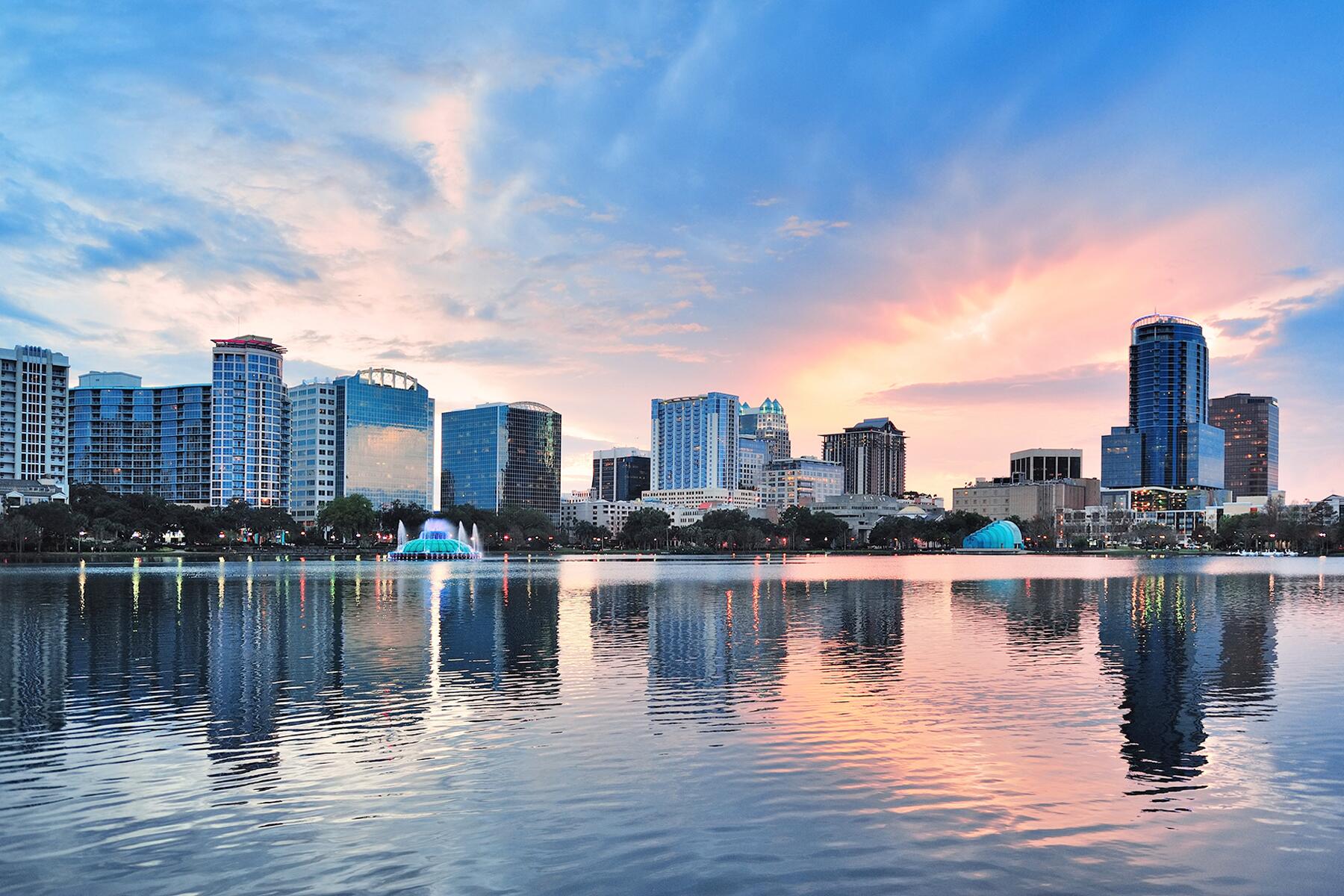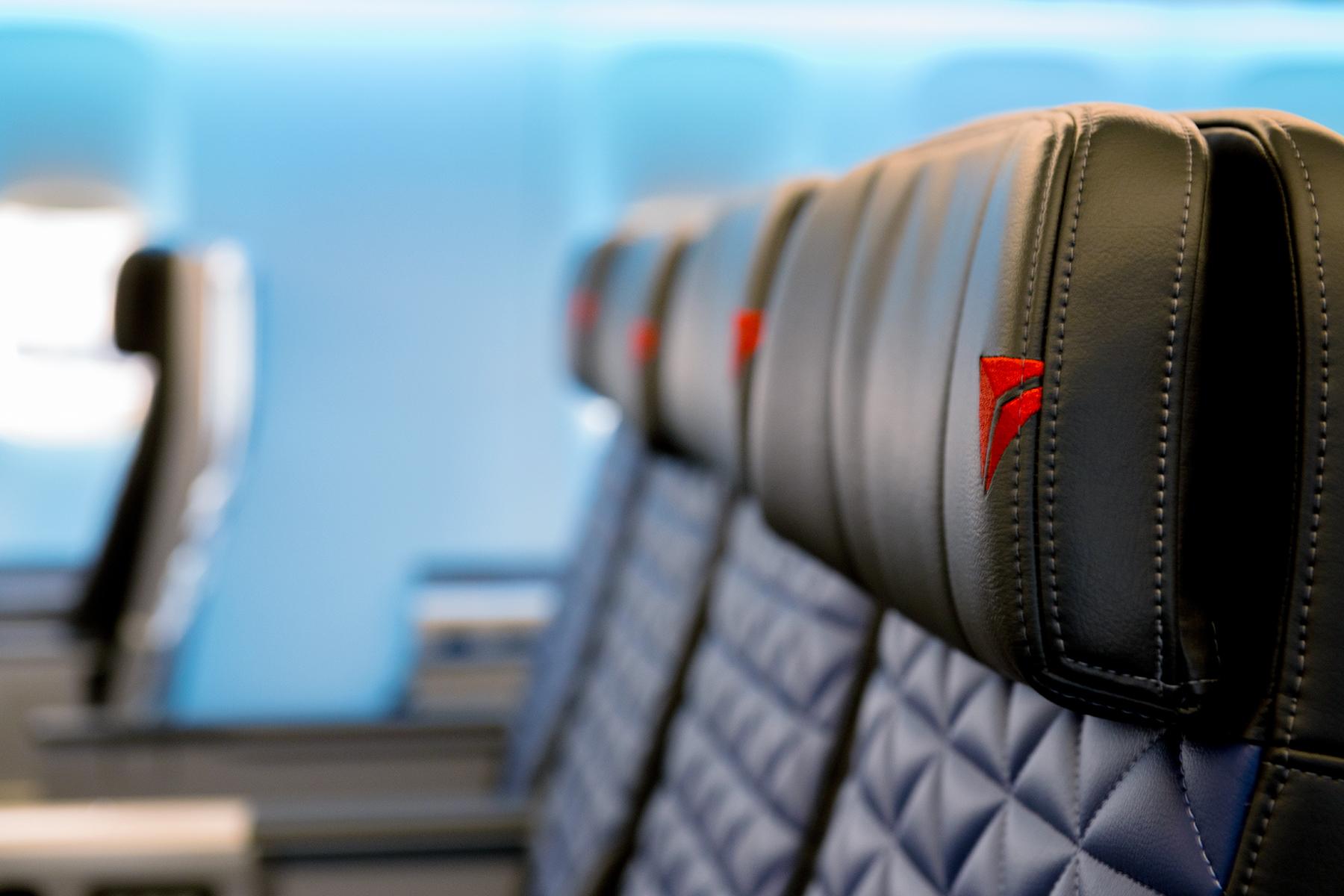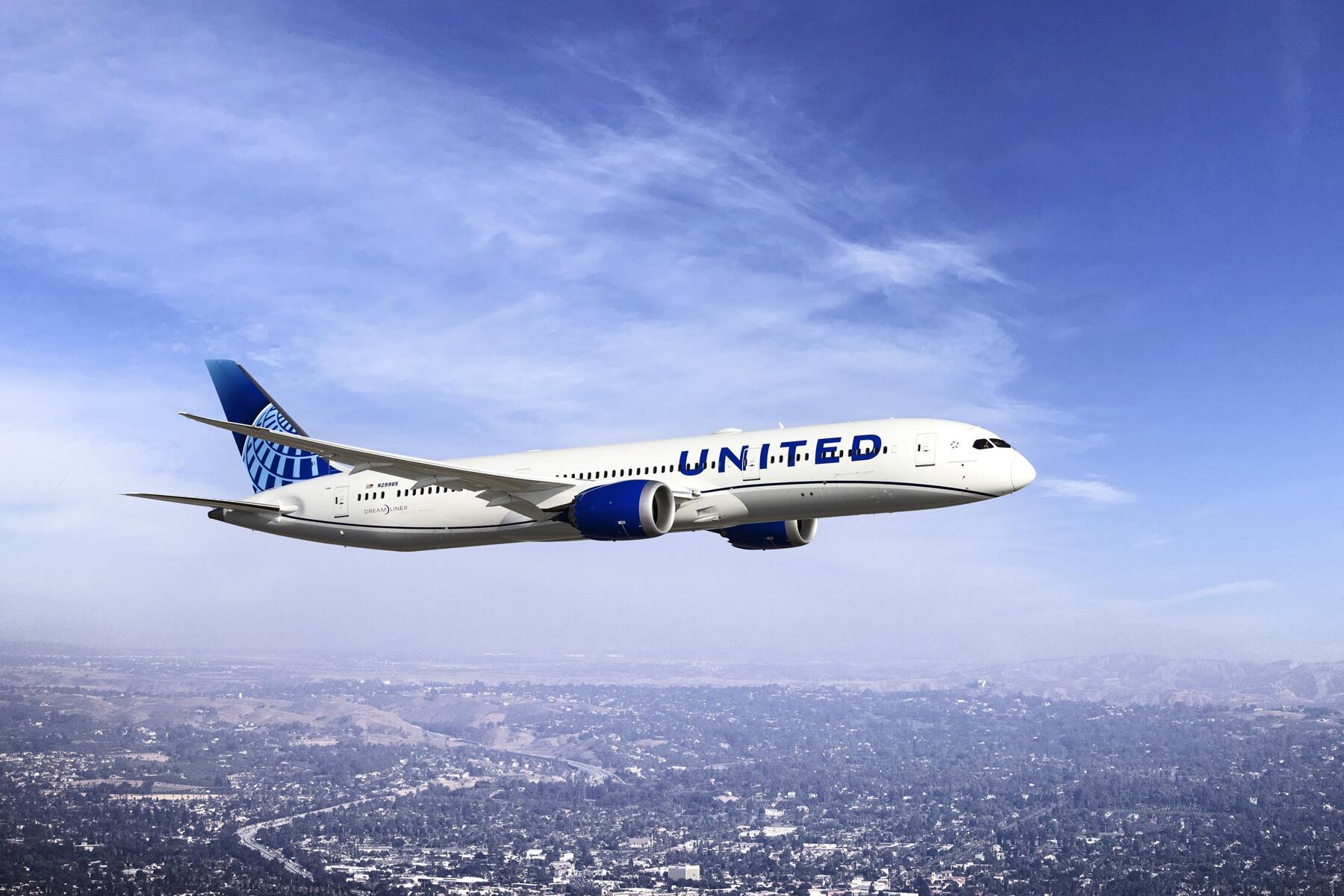We have a clear dearth of luxury rail journeys in the United States, but this new route from Rocky Mountaineer might change that.
Sadly, the United States has nothing on the scale of Europe’s Venice-Simplon Orient Express, South Africa’s Blue Train, or India’s Maharajas Express, each a luxury rail trip where you sleep and dine aboard a veritable 5-star hotel on wheels. Instead, we have Amtrak.
While the service and food aboard our nation’s long-distance rail service have improved, they are not what anyone would call luxurious. In fact, the rates we pay for a spartan bedroom compartment on a U.S. train are not dissimilar to what you would pay on a true luxury train elsewhere in the world. And you are almost guaranteed to be several hours late at the end of your journey.
That’s not to say that the U.S. lacks scenic rail routes. Amtrak has a spectacular route to Glacier National Park, another that passes through scenic Donner Pass, and yet another along Washington’s Puget Sound. Sadly, Amtrak has retired most of its dome cars that offered unobstructed scenery views. Enter the Rocky Mountaineer, which offers short (two- and three-day) luxury train journeys in western Canada. In 2021, the company launched its first U.S. route, “Rockies to the Red Rocks,” between Denver and Moab, a train ride that might be the closest thing we have in the States to the enviable rail journeys abroad.
Top Picks for You
Recommended Fodor’s Video
What’s Different About Rocky Mountaineer?
First, unlike Amtrak, Rocky Mountaineer offers only daylight service, so you actually decamp to a hotel in Glenwood Springs, Colorado, the midpoint of the train in either direction. In a typical itinerary, you spend only about six to eight hours aboard the train on any given day; then, you get off for the night (or sometimes two nights) at the midpoint to sleep. Second, you eat at your seat, both early and often. And the food is quite good with at least two choices for every main course. Third, alcohol is included, and plenty of it is available. On U.S. trains, you’ll even have the opportunity to drink Colorado-produced wines (yes, they are good).

What Are the Trains Like?
The regular service is called Silver Leaf, but there’s an elevated level called Silver Leaf Plus. Seating is all reserved in a two-and-two configuration (most guests are older couples), and all the train cars have glass domes and wide windows with unobstructed views. They also have vestibules where you can stick your head out and breathe fresh air. Plus, there’s pretty decent Wi-Fi, though it’s not always available since it’s satellite-based.
You eat at your seat (there are no dining cars), but if you are in Silver Leaf Plus, you’ll also have access to a lounge car, where you can spread out a bit more—and have more drinks of slightly better quality. All in all, the rail cars are pretty comfortable and spacious, even if you don’t have access to the lounge car.
Every car has a host who describes the current scenery, tells stories about the route and the area’s history, and points out animals and other highlights. One of the best things about the trip is that you don’t have to lug your luggage. You tag it and leave it in your hotel room. Someone will come around, collect your bags, and move them to the next stop.
Where Do You Stay?
On the Rockies to the Red Rocks route, the train stops in Glenwood Springs, which is a particularly charming place that’s full of history and has a lot of good bars and restaurants, not to mention the famous geothermal hot springs that have drawn such notables as President Theodore Roosevelt, Buffalo Bill Cody, and Doc Holliday (who died and was buried in town).
The walkable downtown area sits next to the Colorado River, as do the hot springs. If you are looking to do something a bit more strenuous, you can hike up to Linwood Cemetery, on a hill overlooking the city, where Doc Holliday is supposedly buried (there’s a headstone, but his actual resting place is unknown). You have a choice of hotels, but I stayed at the Hotel Denver, a rather atmospheric, albeit old-fashioned, historic hotel directly across the street from the train station.
In Moab, I stayed two nights before my rail trip at Gravity Haus Moab, a relatively luxurious outdoor-oriented hotel conveniently across the street from a big supermarket and within walking distance of restaurants. At the end of my journey in Denver, I stayed overnight at the magnificent Crawford Hotel in Union Station before taking the commuter train to the airport for my return flight. You usually have a couple of choices at various price points in each destination.
Is It Worth the Hype?
Absolutely. If you can add at least two nights in Moab, this is the perfect trip for someone wanting to do some short explorations in two magnificently scenic national parks, though it won’t be nearly enough time if you are a hardcore adventurer. However, I had time for three fun excursions (a trip to Arches, Canyonlands, and a sunset jeep excursion on the red rocks outside Moab).

And if you can spend at least one night at the other end of the trip, either taking an afternoon flight back home from Denver or getting there early on the day before departure if you are starting there, then you can spend at least part of a day and an evening exploring the city, which is just enough time to get a taste that will leave you wanting more.
The clientele tends to be older, but there’s plenty to do pre- and post-destinations if you want to be more active. If you’re a true adrenaline junky, you may not appreciate the scenery as much if you can’t get your hands dirty. Still, everyone should take a train through Glenwood Canyon once in their lifetime (and the only way to see parts of the canyon is by train or raft).
Are There Any Downsides?
There are only two downsides to the trip. First, the base cost is pretty expensive, making it worthwhile only if you can spend a bit of extra time in Moab, which is the clear highlight (aside from the scenic train ride itself). With easy access to two national parks, Arches and Canyonlands, not to mention the gorgeous red rocks just outside of town, Moab is the best place to visit in Southeastern Utah. Luckily, Rocky Mountaineer can package your rail trip with hotel stays on either end and optional activities (and you can start your journey in Las Vegas, Salt Lake City, or Denver if you want to have a bigger trip). Or you can make those arrangements yourself. You’ll find plenty to do in Moab, whether it’s the end or beginning point of your trip.
Second, you don’t board the train in Moab or Denver. In Moab, the boarding area is at a siding just outside of town on the road to Arches (Moab has never had a train station due to its geography), while in Denver, you’ll stop at an industrial area just beyond downtown. These are not particularly picturesque spots if you envision your luxury train trip starting in Denver’s grand Union Station or a quaint train station in Moab. Glenwood Springs, however, has that charming historic train station right on the river at the end of downtown, across from the riverside hot springs, and that was just what I wanted to see.




